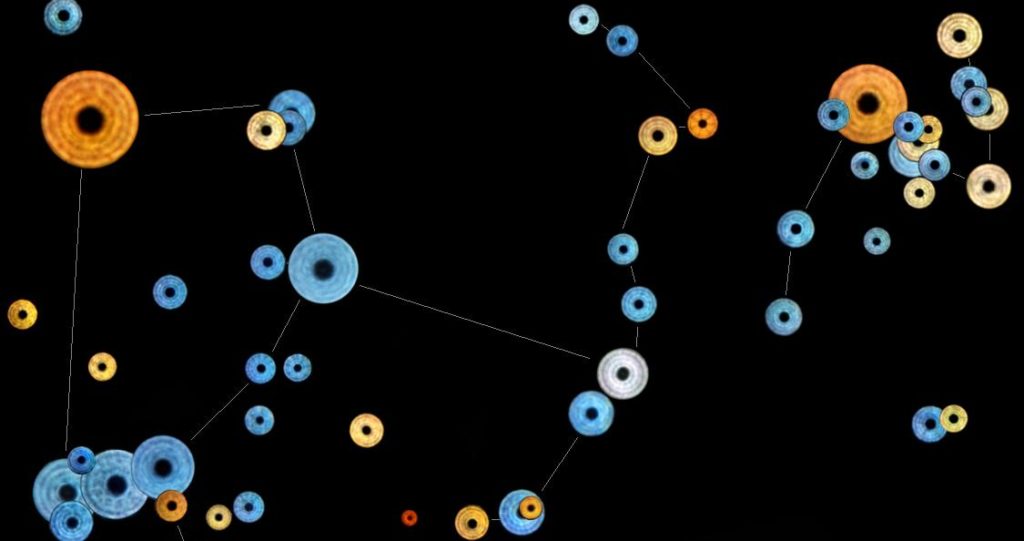
Look at the starry sky and imagine how nice it would be to be able to see, next to the orange Betelgeuse and Antares, the shades of all the other weaker stars that inhabit it.
It could be possible because yes, the stars of the celestial vault are ALL colored, they show a chromatic nuance directly linked to the temperature of their photosphere.
A telescope not only allows you to observe a greater number of stars, but by collecting more light than the human eye, it is also able to show the nuances of a greater number of them.
To further facilitate the identification of color to the human eye, amateur astronomers know that it is enough to spread the point light of the star on a larger surface.
The Italian poet Filippo Zamboni used observing star’s colours shaking his binoculars in all directions: in this way the stars seemed to draw stripes, spirals and curves which, like streamers, were able to reveal the fleeting color of the stars! An original way that he called dance of the stars done with shaken binoculars!
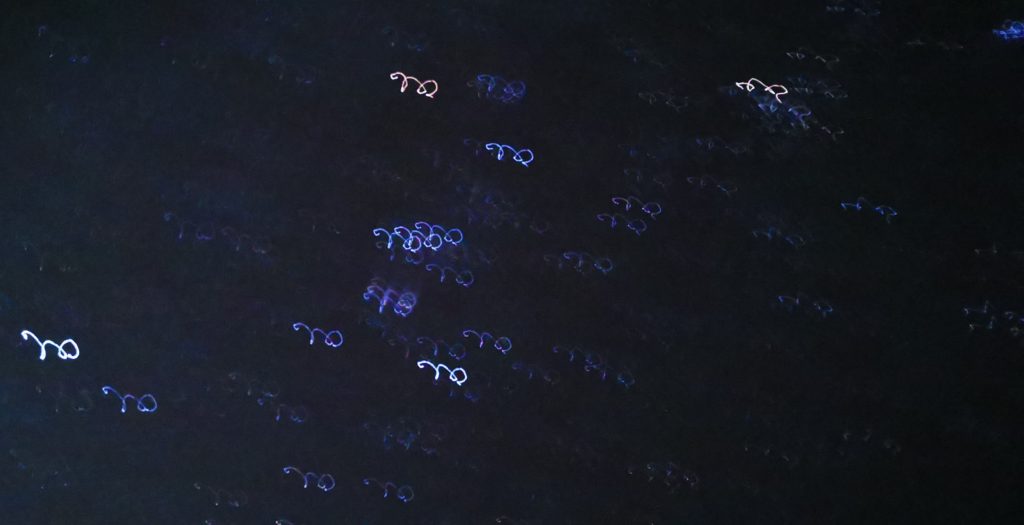
A less poetic method consists in blurring the image in the eyepiece: also in this way the point color of the star, now in the shape of a small disk, becomes immediately perceptible, reminiscent of a coriander with strongly metallic shades!
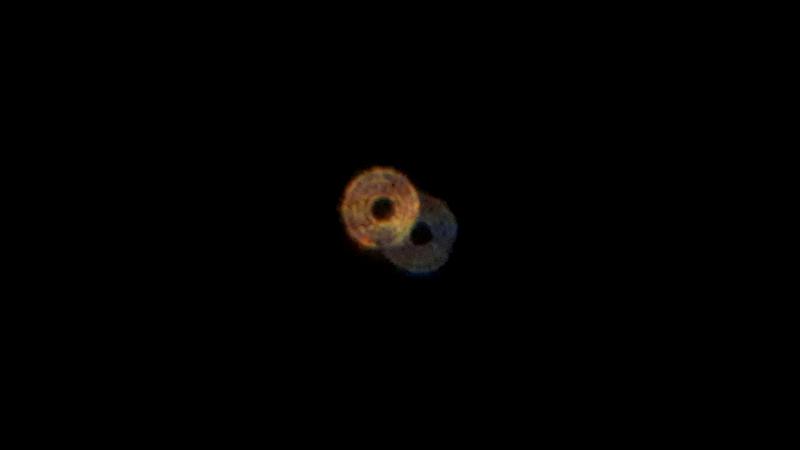
Using this trick, bringing a smartphone close to the eyepiece of a 46cm diameter telescope, I photographed one by one over 1300 stars visible from Italian latitudes, that is, all those within the apparent magnitude +5. Finally, I built mosaics of the various constellations to be able to see at a single glance the color of all the stars that draw them.
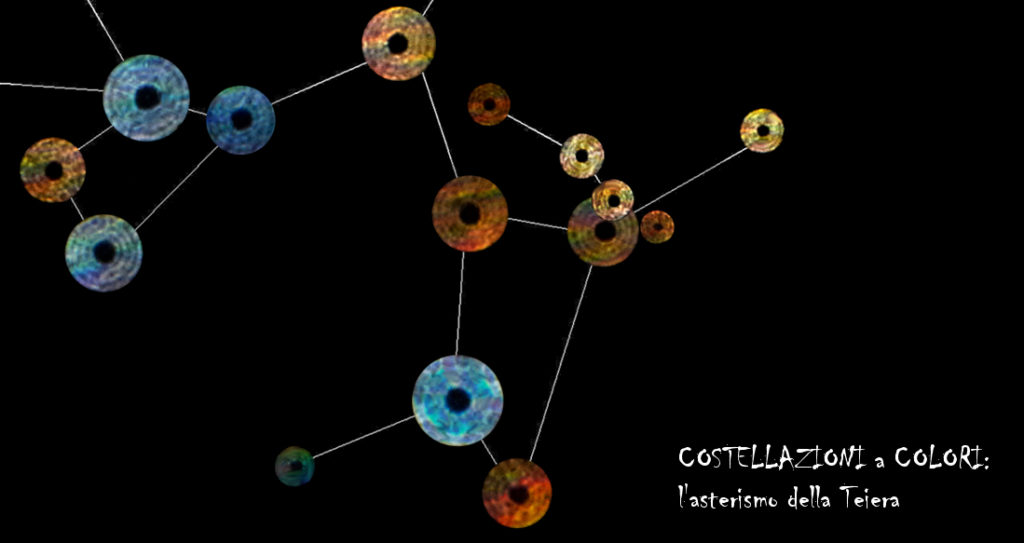
These mosaics and the History
In the nineteenth century Benedetto Sestini, hoping to notice some chromatic change in the stars, and William Sadler Franks, to discover the hidden meaning behind the diversity of their hues when spectroscopy still explained it imperfectly, observed and described for the first time to the world the color of several thousand stars in the sky.
Now what they have observed and systematically described is systematically visible in these final images.
They strip away the starry sky, because they reveal in a single glance the secret of its color that has always been hidden from the eyes of man and that the two astronomers were able to reveal.
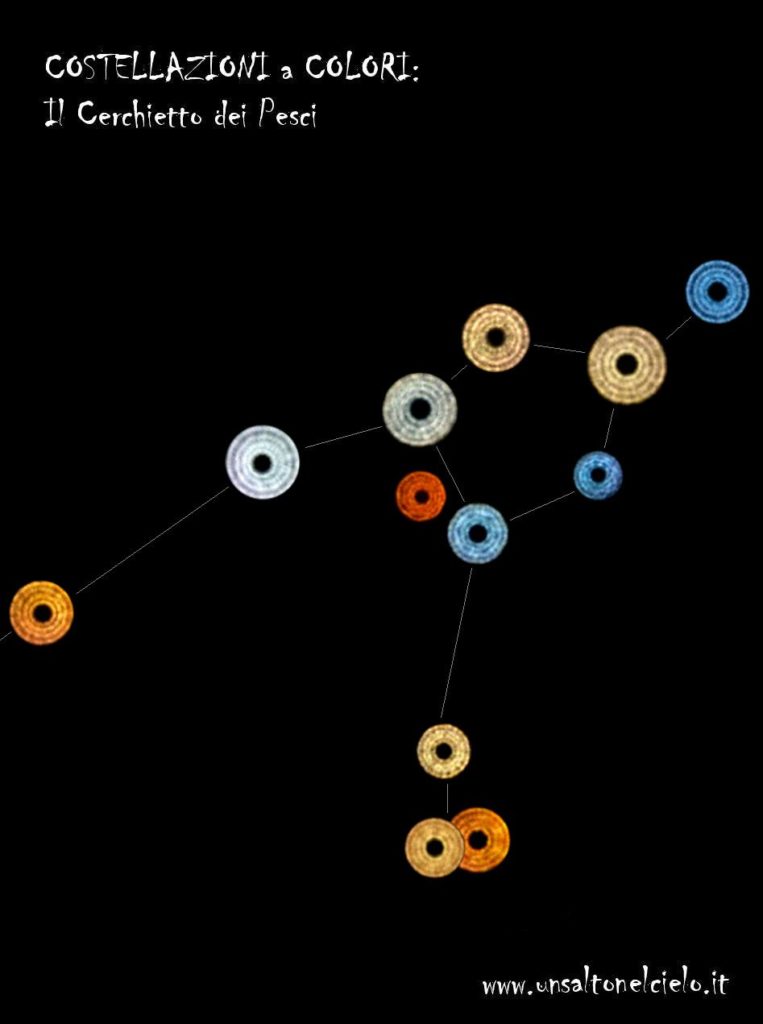
They demonstrate in a single glance how much the starry sky is definitely more colorful than we could imagine, so much so that it resembles a celestial carnival, a mine of precious stones or an immense flower garden!
These mosaics and the fantasy
Looking at these mosaics I began to fantasize and imagine what the myths would have told if these colors had been visible to the naked eye! Inferring that probably not only the plots, but above all the characters would have been different, because the constellations themselves would have had different shapes and other boundaries, because they would surely have been delineated also following the distribution of these colors in the sky!
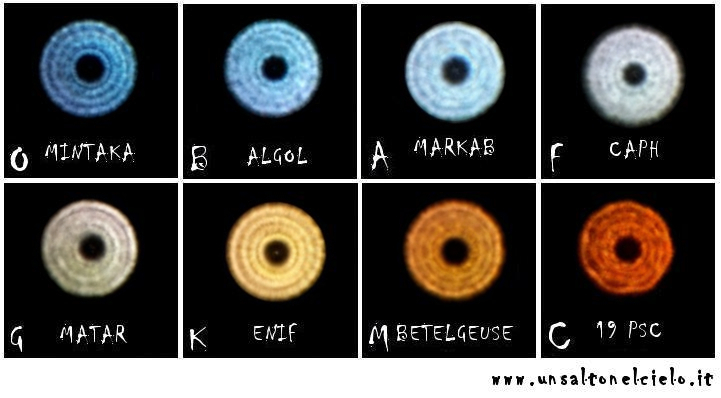
These observations …we may prefer to view them as a part of that poetic element in Astronomy, without a little of which […] we should scarcely feel much pleasure in the pursuit of any science. Mere utility, when devoid of beauty, is in itself a species of formal ugliness.
W. S. Franks, Colours of stars, in The Journal of the Liverpool Astronomical Society, January 1887.
Here is my webpage of COLOR CONSTELLATIONS, completed precisely in the year in which the 170th anniversary of the birth of William Sadler Franks is celebrated.
Clear and colorful skies!


